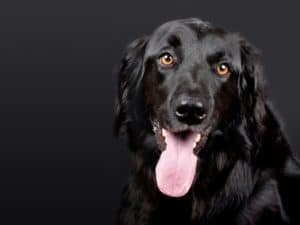Much like their feline counterparts, black dogs find it difficult when it comes to adoption. Particularly larger black dogs – they are often left forgotten in what many shelter works call black dog syndrome.
While there isn’t a lot of science behind it, those who work at shelters swear that BDS is a real phenomenon. According to them, black dogs (as well as cats) stay in shelters for longer and many of them end up getting euthanized as a result. Some studies say this isn’t the case, while other studies tell us a completely different side of the story.
Personally, I’m more inclined to agree with the shelter workers. As a total cat lover who fosters for a rescue, the black kitties are always the last pick.

So, you may be asking what exactly black dog syndrome is? Basically it’s the tendency for people to overlook black dogs in favor of other colors – meaning that the poor black doggies are more likely to get put down.
So far, there hasn’t been a study to either prove or disprove it.
A 1998 study of 1,468 dogs offered for adoption at a local Humane Society did find that dogs with black fur were a factor in whether they got adopted. However, at the same time in 2008, the general manager of the Los Angeles Animal Services found that in a 12-month period covering 30,046 dogs, slightly more dogs that were completely or predominantly black were adopted than dogs that were not. And these two aren’t the only contradictory studies.
Back in November 2014, Fort Worth dog hero Henry was a black Lab that’s become the face of the Fort Worth animal shelters and helped them raise over a million for the city’s shelter needs. He was specifically selected because he was a big black dog and that something considered low adoptability, despite him being a Lab.
There are several theories as to why black dogs seem to experience lower adoption rates. Mainly, there’s that belief that black dogs represent evil, bad or foreboding. We’ve seen that idea pop up across the ages in literature, film, and television.

In film and television, many times, black dogs are often portrayed as aggressive. Dobermans or Rottweilers are often the growling attack dogs protecting villains or secluded areas.
But even if a potential adopter isn’t superstitious, there is something else working against black dogs. Their faces are dark so it’s often difficult to see their sad little “adopt me” expressions. As a result, some people like rescues are getting more into using props and backgrounds when photographing black dogs so that their personalities show through. It’s all about photographing them in the best light.
So, what can you do? It’s really simple. Give a black dog (or cat) a chance. They’re just as cute and loving as their other dogs out there.











